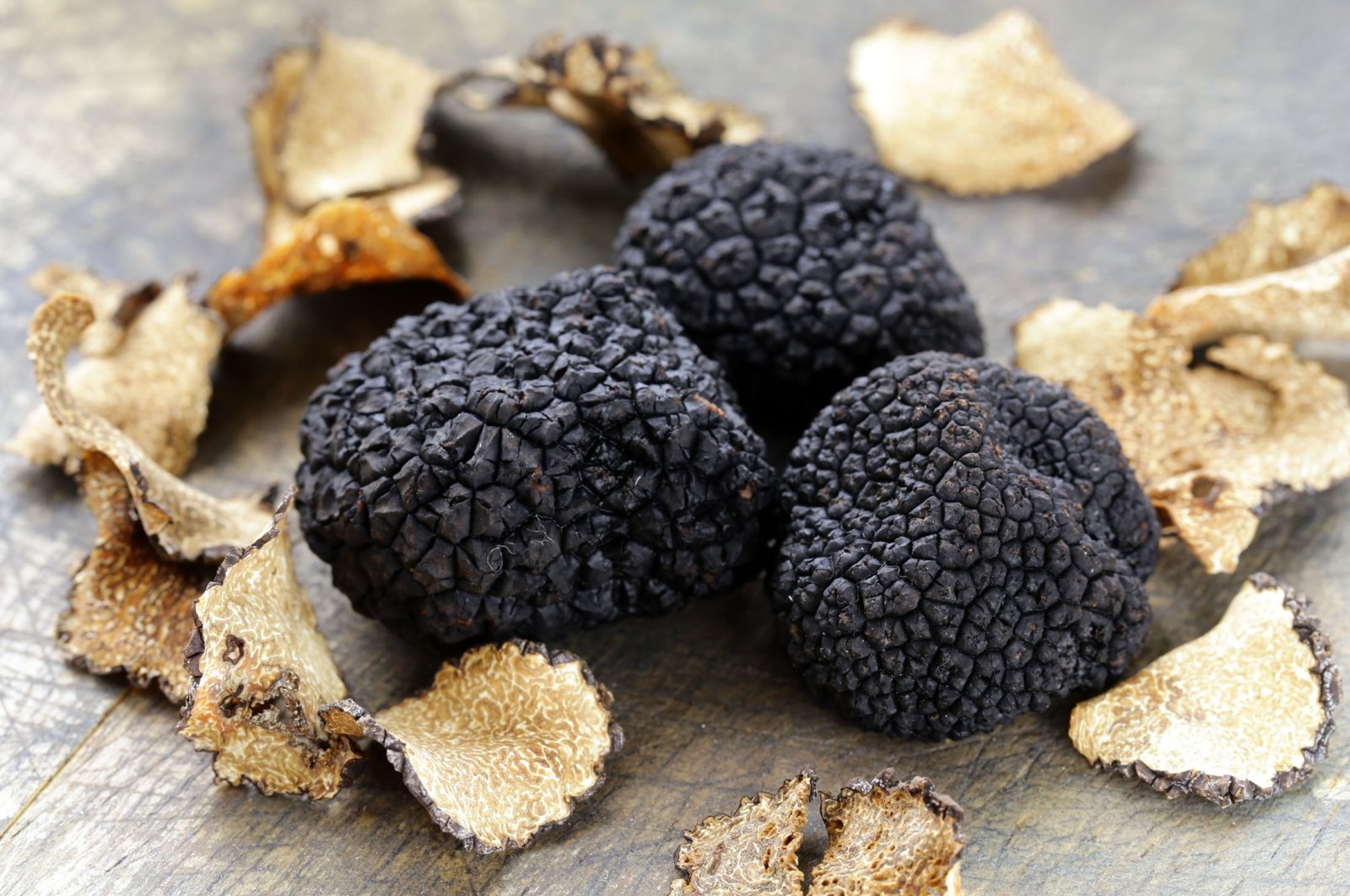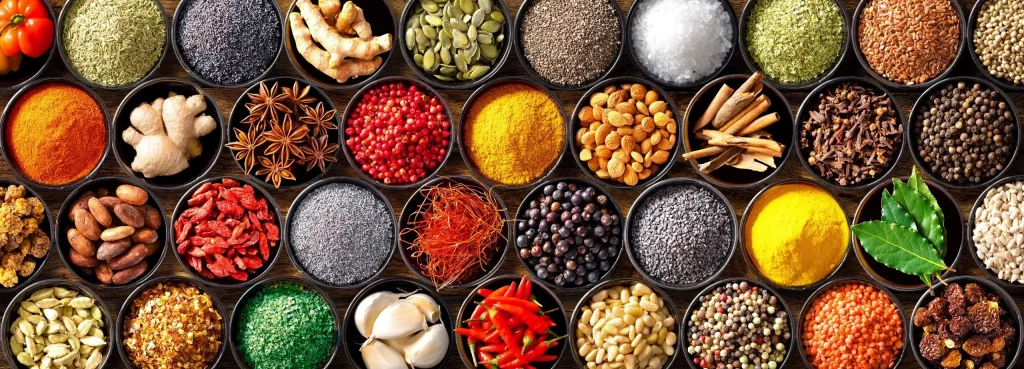Truffles, the enigmatic fungi that have captivated the culinary world for centuries, are a true delicacy. These aromatic subterranean treasures are celebrated for their distinctive flavor and rarity. Let’s delve into the world of truffles to unravel the mystery behind their elusiveness and expense.
Underground Gourmet: The Truffle’s Hidden Life
Truffles are not your typical mushrooms; they grow underground in a symbiotic relationship with the roots of certain trees, primarily oak, hazel, and beech trees. This subterranean habitat is one of the reasons truffles are so elusive. Their growth remains hidden from sight, making them challenging to locate.
Scent of Seduction: The Truffle’s Aromatic Allure
One of the defining characteristics of truffles is their intense aroma, which varies depending on the species. The white truffle (Tuber magnatum) exudes a garlicky, musky scent, while the black truffle (Tuber melanosporum) boasts a more complex, earthy fragrance. This aromatic allure is a major factor in their culinary desirability.
The Hunt: Truffle Hunting Traditions
Traditionally, truffles were hunted using specially trained dogs or pigs, known as “truffle hogs.” These animals have a keen sense of smell and can locate truffles hidden beneath the soil. However, using pigs comes with challenges, as they are also fond of eating the truffles they find. Today, dogs are the preferred truffle-hunting companions due to their reliability and controllability.
Rarity and Seasonality: Limited Harvest Window
Truffles have a limited growing season, typically from autumn to winter, depending on the species and location. This seasonality adds to their scarcity and expense. Truffle hunters and foragers must capitalize on this narrow window to unearth these precious fungi.
Culinary Marvel: The Truffle’s Culinary Versatility
Truffles are used sparingly in culinary creations due to their intense flavor. Shaved or grated over dishes, they elevate the taste of pasta, risotto, eggs, and more. Their unique taste is often described as umami, adding a depth of flavor that is difficult to replicate.
Market Value: Supply and Demand Dynamics
The rarity and seasonality of truffles, coupled with their culinary desirability, drive up their market value. White truffles, in particular, can fetch astronomical prices, often exceeding those of their black counterparts. The scarcity of truffles fuels competition among chefs, food enthusiasts, and even investors, further contributing to their high prices.
Conclusion
The mystery of truffles lies in their hidden growth, alluring aroma, and limited seasonality. These factors, combined with their culinary versatility and market demand, make truffles a rare and expensive delicacy. Whether you’re savoring the musky notes of a white truffle or the earthy richness of a black truffle, each bite is a reminder of nature’s edible treasure that continues to captivate the world of gastronomy.


